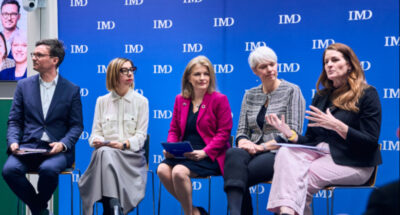Establishing organizational norms for emails
Companies should establish clear norms around email communication. For example, no emails should be sent after a certain time in the evening or during weekends unless necessary. If you find yourself sending emails outside normative work hours, make sure you communicate why (because that is when you can respond or because it is urgent), and when you expect a response.
Email norms should be clearly communicated and upheld by everyone, especially leadership. Managers should encourage employees not to respond to emails during their time off. This helps foster a healthier work environment and creates much-needed breathing room for their collective inboxes.
Managers should also ensure employees take their full vacation entitlement and truly disconnect during this time. One way to do so is by modeling this behavior themselves and celebrating being away from work. Providing this support can significantly improve employee well-being and productivity.
For both managers and staff, it’s important to remember that when sending emails, you should communicate the urgency (or non-urgency) and be clear on deadlines. This helps to manage expectations and reduces the perceived need for immediate responses.
My research indicates that recipients often overestimate how quickly senders expect responses, leading to unnecessary stress. This is because others do not know what our expectations are unless we make them explicit. It may help to use a traffic light system to indicate urgency: red for high importance, yellow for moderate, and green for low.
We could all benefit from a tech audit: consider all the tools used for work communication and decide what their purpose is. Is email best used for urgent matters or would phone calls be more effective? This reduces the volume of emails year-round and helps teams to create shared technology norms.
To recap, by limiting the time spent scanning your inbox, prioritizing the right emails, using software management tools, preparing your inbox before vacation, setting clear boundaries around email use, and communicating your expectations, you can reduce stress and maintain productivity. Happy return from holidays!




